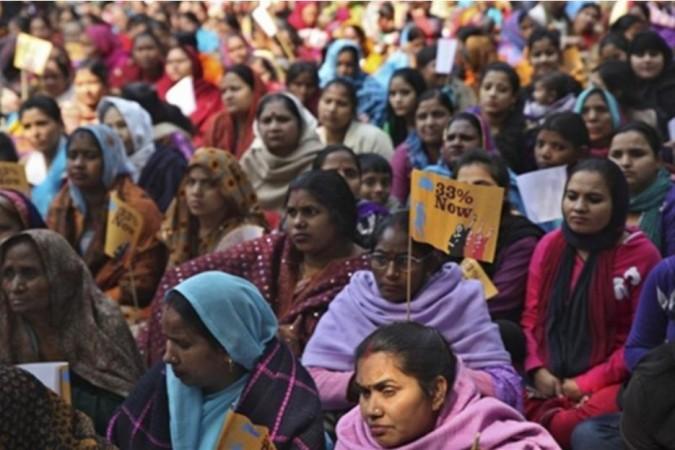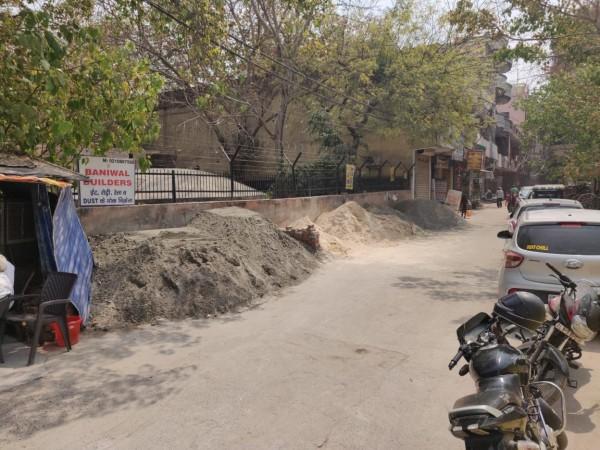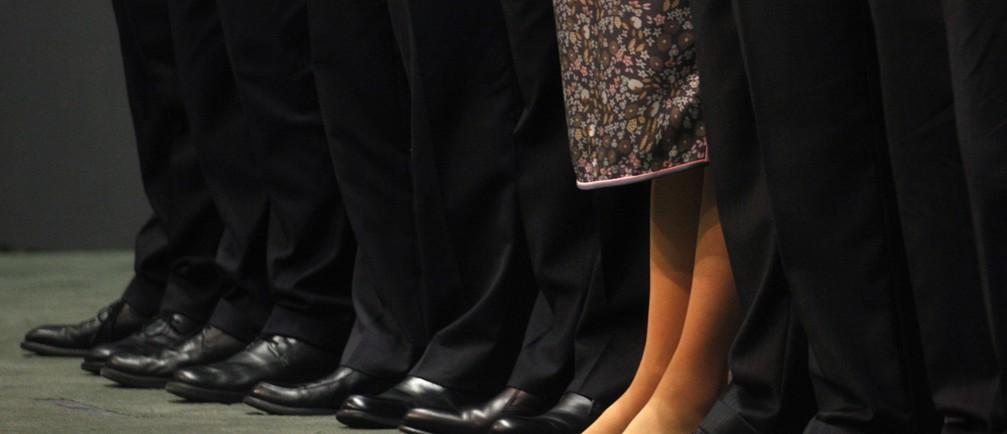
After a Twitter user raised the issue of harassment and stalking at a public place, IAS officer Varsha Joshi responded by saying that such challenges are faced by women in all spaces they occupy. She said she is subjected to misbehaviour even in the chambers of her own office.
The complainant took to Twitter to share her ordeal and wrote: "It's very difficult for any female to pass by this street, as ppl keep sitting here to stare, have hukka n play cards all d tym of d day, have raised d issue earlier also but no action till date, kindly take immediate action for assisting your ppl."
To this, Joshi, the Commissioner of Municipal Corporation of Delhi, replied: "While this could indeed be a matter for the police, it's a challenge women face 24/7 across North India. I face it in my own office chamber- misbehaviour, entitled behaviour, and violation of my space by men who simply do not understand what they are doing. What are the solutions?"

While the tweet garnered attention, the standing committee chairman in North MCD, Jayaprakash, told India Today: "I will find out what made the commissioner make such a tweet. I will ensure that everyone in the MCD office Make women feel safe."
Although the exact cause of the commissioner's tweet has not been ascertained yet, her statements do open a window for debate around a woman's place at a workspace and the factors that are leading to the decline in active female work participation.
Where do women stand in workforce participation?
Numerous studies have suggested that despite India's growing economy, the country's female labour force participation remains the lowest in the world. A range of causes have contributed to this phenomenon, including concerns for personal safety and oppressive social norms.
A 2018 NITI Aayog report, which examines key problem areas in India, notes that the current female labour force participation is 23.7 percent (26.7 percent in rural areas and 16.2 percent in urban areas) and the numbers are only declining. Although the number of girls getting an education has risen from 39 percent in 2007 to 46 percent in 2014, the figures have not contributed to a rise of the female workforce.
While this fall has been explained by more girls opting for higher education instead of looking for jobs, the data also suggests a fall in the working rates of older women.
The invisible work that women do - which is confined to informal sectors that is usually not remunerated - is also a notable factor. On average, 66 percent of women's work in India is unpaid, compared to 12 percent of men's.
The study also estimated that if women did the same amount of formal work as men, India would experience an additional 1.4 percent GDP growth.
Globally as well, women in leadership positions amount to far lesser numbers than men. Only 4.9 percent of Fortune 500 companies have women in the leadership position. A global study by Deloitte identified Indian women as holding 12.4 percent of board seats and just 3.2 percent of board chairs in 2017, according to BusinessLine.

What is the cause of these declining numbers?
The United Nations General Secretary, António Guterres, had pressed during his 2016 elections the need for, "benchmarks and time frames to achieve [gender] parity across the system, well before the target year of 2030".
Although the UN was able to achieve it in 2017, with 23 out of its 44 employees of its Senior Management Group being women, equal opportunities have not yet knocked on the door of all women worldwide.
According to Surbhi Ghai, a research associate at ICRIER, social norms and patriarchy hinders female participation in the economy despite their increasingly higher levels of education. A lack of job growth of female-friendly work and women staying in education for longer is also a factor.
A report by Feminism in India, based on the NITI Aayog findings, also argues that the mindset behind low female participation is giving rise to the disparity. It also states that an ill-implementation of government schemes also contributes to the lowering figures.
"Existing schemes, as thought out as they may be, have often failed to achieve their objectives," it said.
"Schemes and policies are always thought out in relation to what the need of the hour is, but it is also vital to take into account multiple identities of individuals, in order for the scheme to be accessible to the people that it is meant for," it added.
Hence, the violation of personal space at workplaces that Joshi called out in her tweet has deeper implications felt by millions who stay out of the workforce due to reasons that are seldom in their control.









